
Golf is a sport that requires very high precision. The distance and direction of each shot will directly affect the results of the game. With the increasing number of golf enthusiasts and the increasing attention paid to golf tournaments, golf technology is also constantly developing and improving. Rangefinders have become an important tool for professional players and amateurs to improve their hitting skills. This article will discuss when to buy a rangefinder to maximize its role in improving golf skills and help golf enthusiasts make wise decisions.
Main Types of Golf Rangefinders
While both laser rangefinders and GPS rangefinders are commonly used to measure distance in golf, both technologies have their own advantages and disadvantages and are suitable for golfers with different needs.
Laser rangefinder: It uses laser to accurately measure the distance to the target. It emits a laser pulse to the target and then measures the time from the laser being emitted to the laser being reflected by the target and received by the instrument. Because of the good directionality and concentrated energy of the laser, the accuracy of the laser rangefinder is very high, and the general error is about 1 meter or even less.
GPS rangefinder: It contains a GPS receiver that can receive signals from multiple GPS satellites, measure the propagation time of the signal from the satellite to the receiver, and calculate the precise location of the rangefinder (longitude, latitude and altitude) using the principle of triangulation in combination with the data provided by the satellite. Then, by comparing it with the preset golf course map data, the golfer's position on the course is determined, and the distance to each target point (such as the hole, tee, hazard area, etc.) is calculated. The accuracy of the GPS rangefinder is relatively low, with a general error of about 3-5 meters, but it does not require manual aiming, so it is more convenient to use.
Key Stages in a Golfer's Development
In the process of golfers progressing from beginner to professional, the rangefinder is not only a tool for accurate hitting, but also a key aid for improving skills, developing strategies and building up psychology. The functional value of the rangefinder shows different effects at different stages of development.
Beginner Stage
At this stage, golfers mainly learn the basic rules and etiquette of golf, as well as basic movements such as grip, stance, and aiming. By repeatedly practicing these basic movements, correct muscle memory is formed, laying a solid foundation for subsequent technical development. If a rangefinder is introduced at this time, it can slowly cultivate a grasp of the hitting distance.
Intermediate Stage
When players begin to understand the layout and design of golf courses, learn to make reasonable shot measurements according to different hole conditions, and can hit the ball relatively steadily, it is the ideal time to introduce a rangefinder. At this time, the distance measurement data can the ball relatively steadily, it is the ideal time totgy.
Advanced Stage
At this time, the basic skills of the golfers are relatively mature, and they will pay more attention to the adjustment of technical details to further improve the stability and consistency of the shots. For example, the small movements of the swing are optimized to reduce the error rate and improve the quality of the shots. At this time, the detailed data provided by the advanced rangefinder can be used to discover their own technical shortcomings and help with targeted training. It is an important tool for improving to the single handicap level.
Analysis of The Best Time To Buy A Rangefinder

When your skills develop to the point where you need precise distance data
When you wonder "Why does the same club hit the ball at a different distance each time?" and start to pursue a stable hitting distance and precise landing point control, ordinary estimation can no longer meet your needs. At this time, it is a clear signal that you need a rangefinder. This often happens at the level where you can steadily hit the par +15 or so.
Combined with your own economic situation
The price of rangefinders on the market currently ranges from tens of dollars to hundreds of dollars. You need to consider your own financial situation when purchasing. If you are a beginner with a limited budget, you can choose a rangefinder with a reasonable price and not so many functions. It is recommended that if golf has become a long-term hobby and you plan to buy a rangefinder to advance to a higher level of technology, you can consider choosing a rangefinder with more complete functions.
Common Misunderstandings in Using Rangefinders
In the actual use of rangefinders, "over-reliance on equipment" and "improper data interpretation" are two common misunderstandings
Over-reliance on equipment
The rangefinder is an auxiliary tool rather than a technology substitute. After purchasing a rangefinder, some users will focus all their energy on obtaining distance data. Players need to stick to basic training such as swing action and shot quality to avoid putting the cart before the horse.
Improper interpretation of data
Users do not fully understand the data from the rangefinder. They need to learn to distinguish between "the distance that can be achieved" and "the distance that should be chosen", and make comprehensive decisions based on the conditions of the day, the difficulty of the course, and other factors, rather than mechanically following the rangefinder data. It is recommended to establish a personal data record sheet to record the performance and data differences of the shots in different environments, gradually accumulate experience, and improve the ability to interpret data.
Rangefinder Purchase Suggestions
A rangefinder is a practical tool for efficiently obtaining distance data. With so many products on the market, how do you choose a suitable rangefinder? This article will provide purchase suggestions from two dimensions: entry-level and mid-to-high-end models.
Entry-level rangefinder
Affordable basic laser or GPS rangefinders are suitable for intermediate enthusiasts who are new to distance management and provide core distance functions without causing financial burden.
Mid-range and high-end models. For example, Gogogo Sport Vpro GS60, which costs $55, has high-precision readings and is suitable for people who need precise data.
Mid-range and high-end models
Models with features such as slope compensation and shot suggestions are suitable for single-handicap players. Although they are more expensive, they provide significant strategic value. Gogogo Sport Vpro GS91, mid-range rangefinder price with slope compensation, longer coverage.

Conclusion
In the long run, the rangefinder has a lasting value in the golf career. It can not only provide accurate data in the present to assist in optimizing the decision-making of shots, but also help players to review and analyze technical shortcomings and plan training directions through long-term data accumulation. As the skills grow and the needs change, the rangefinder is also constantly upgraded to continue to escort the players' golf journey.
Only by deeply integrating one's own skills, goals and the characteristics of the rangefinder and tailoring the use plan can this tool really maximize its value and help every golf enthusiast achieve self-breakthrough on the green field.

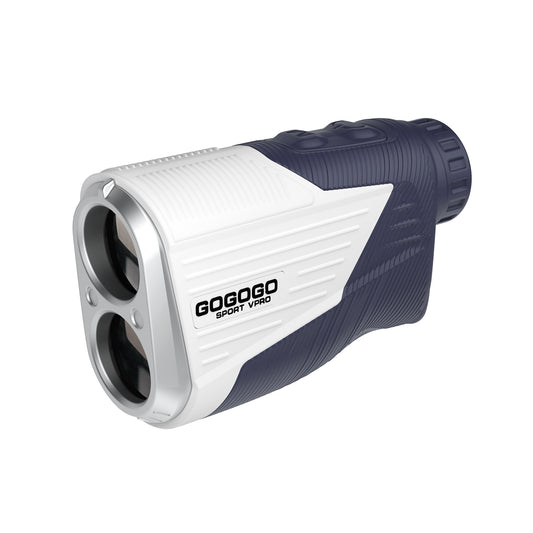
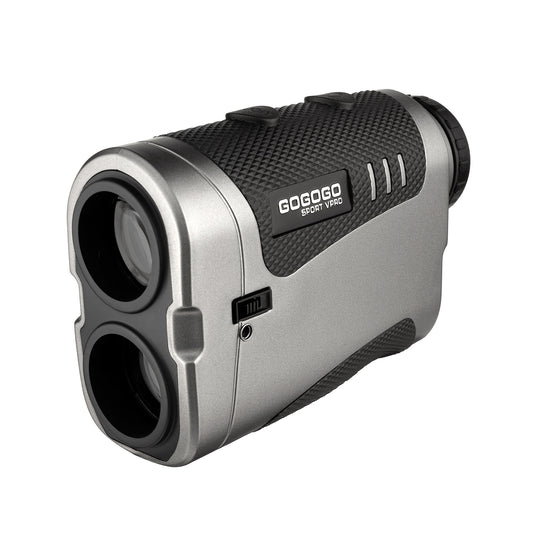
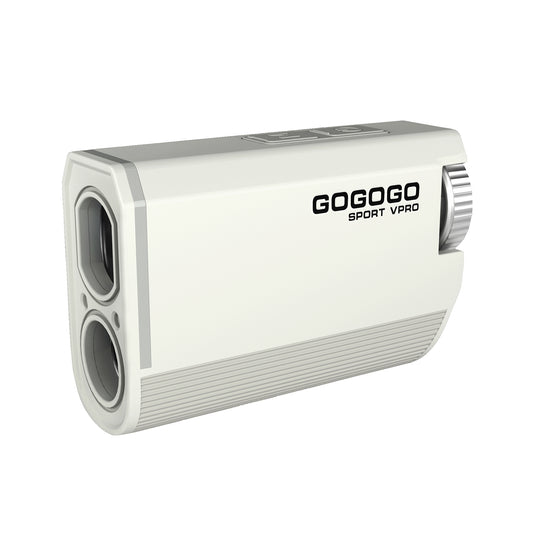
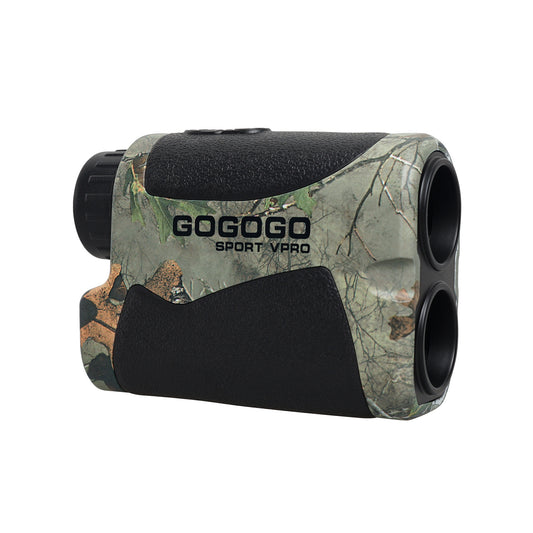
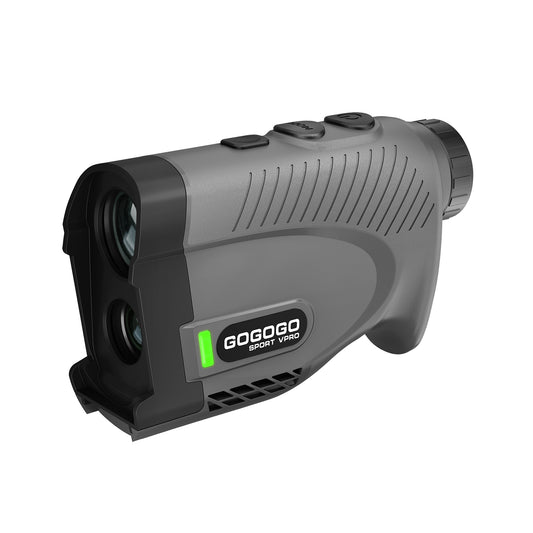
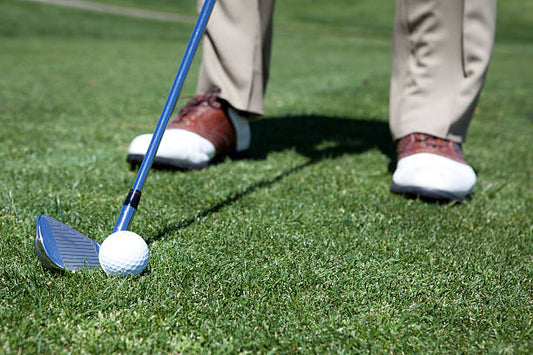
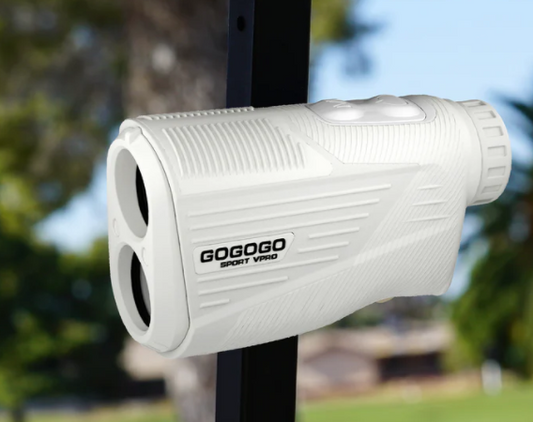

![[2025] The Ultimate Guide to Pinseeker Rangefinders for Golfers](http://gogogosport.com/cdn/shop/articles/gogogo_sport_vpro_pinseeker_rangefinder.png?v=1757993796&width=533)